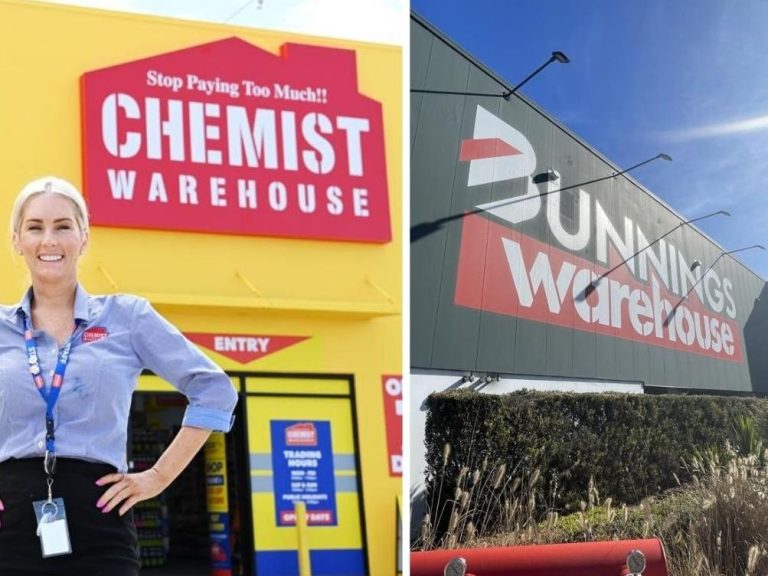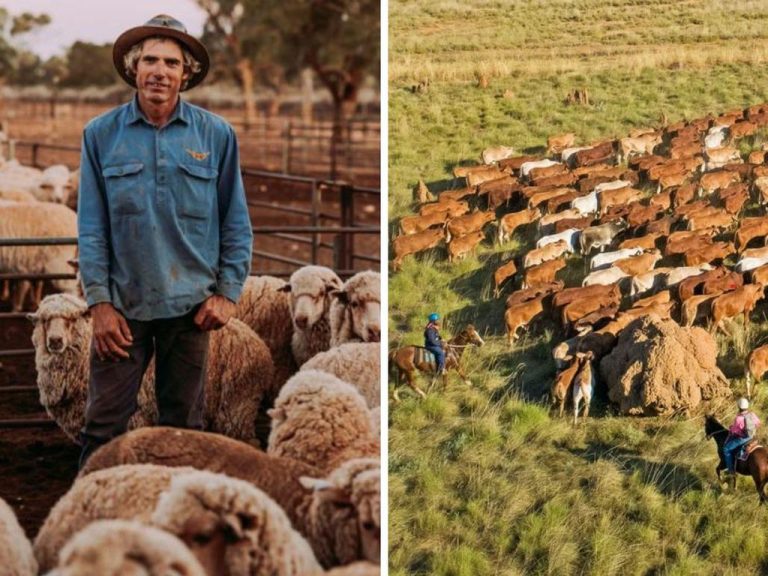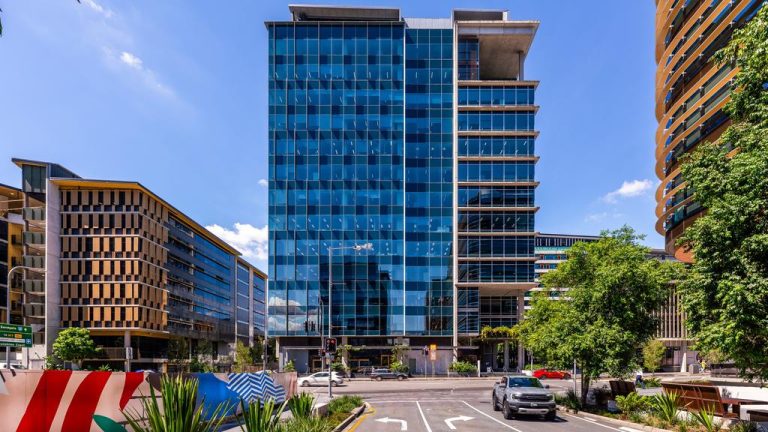From sin to swill: How a seedy Kings Cross strip club became a trendy neighbourhood cocktail bar
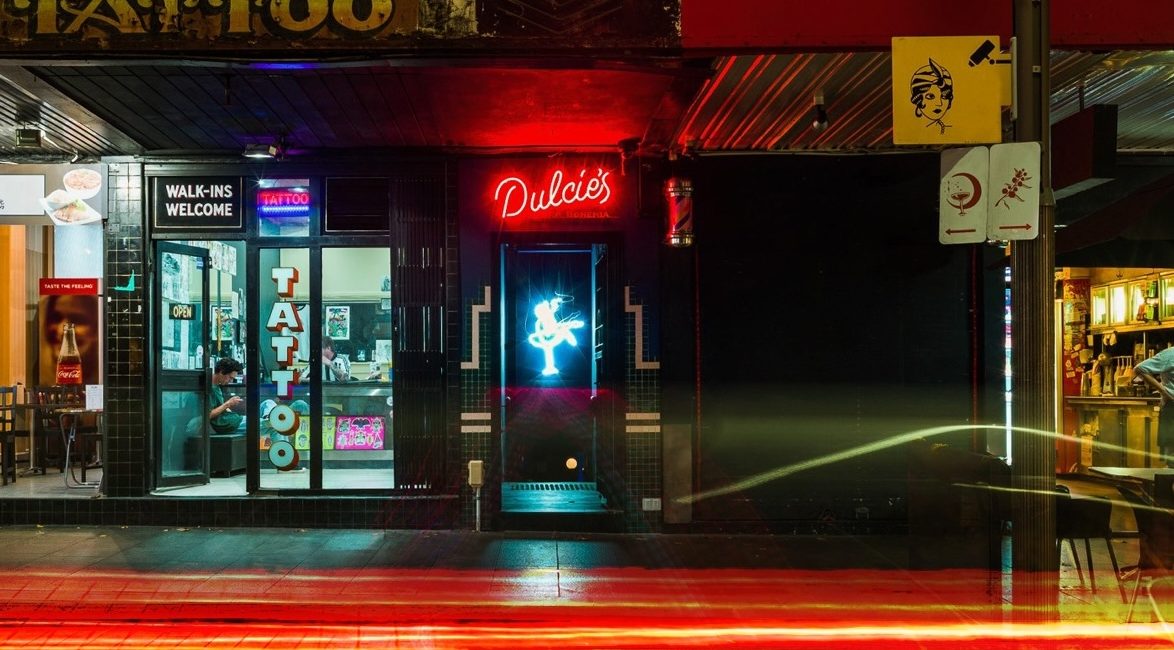
Two years into the Sydney lockout laws, Kings Cross was reeling from the closure of more than 40 bars, nightclubs and small venues – the direct impact of a NSW government policy to curb alcohol fuelled violence.
A once vibrant, albeit gritty nightlife district – which attracted thousands of revellers to The Golden Mile, aka The Strip’s, infamous collection of pubs, nightclubs and strip joints every weekend – Kings Cross was, by 2016, a shell of its former rough-and-tumble self.
It was around this time a derelict property at 44 Darlinghurst Road caught the attention of hospitality entrepreneur Brandon Martignago. Much like The Golden Mile itself, the venue had undergone several incarnations over the decades.
“I’m pretty sure the upstairs area used to be a cake [shop] and then a dress shop in the 1930s and 40s, but for most of its life it was a strip club operating under many different names, from Livio’s Night Spot Striperama, to Studio 44, then Stripperama from the 90s onwards,” Mr Martignago told realcommercial.com.au.
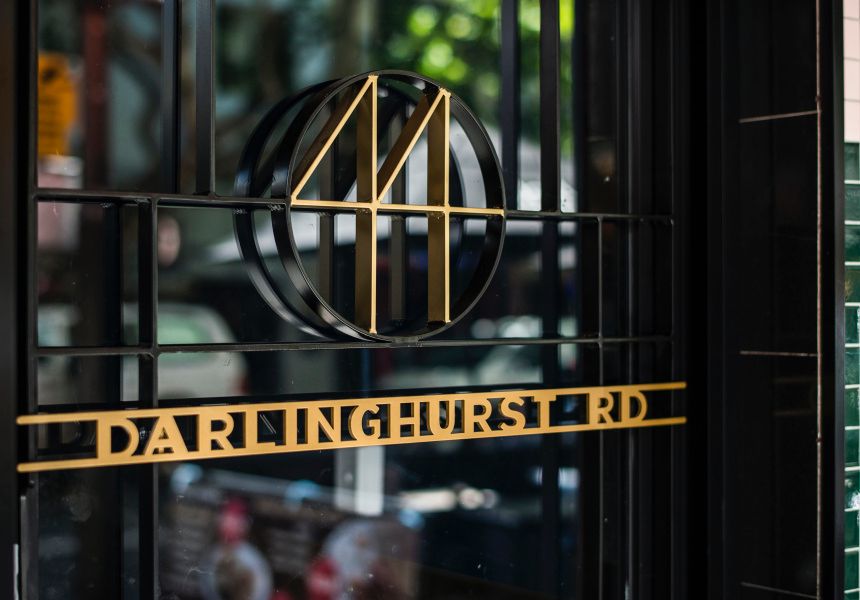
Now a subterranean cocktail bar, 44 Darlinghurst Rd has evolved from strip- to sip-club. Picture: Supplied
Where many saw adversity, Brandon noticed opportunity, hoping to transform the abandoned den of iniquity into a subterranean cocktail bar called Dulcie’s.
But his vision wasn’t without its detractors.
“The idea of turning an old strip club into a cocktail bar was ludicrous to so many people. The landlord said we wouldn’t last a year. Everyone in the country was saying Kings Cross was dead and The Strip pretty much was, yet 50 metres away around the corner you had all these hatted restaurants and wine bars on Macleay Street that were still doing well,” Mr Martignago explained.
“So that’s something we tried to change. The cheap rent was certainly a draw. And with thousands of Potts Point residents needing somewhere to frequent, I believed a neighbourhood bar on The Strip that embraced the area’s bohemian roots could be successful.”
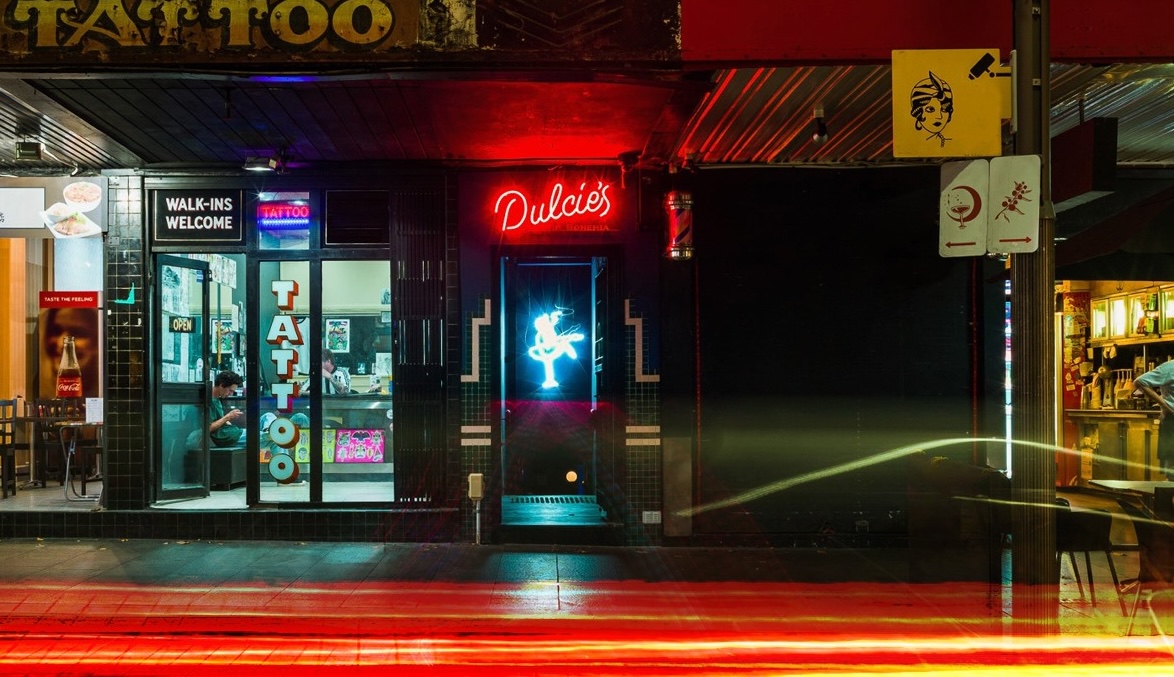
The boujee bar’s building has a sordid past. Picture: Facebook @Dulcie’s Kings Cross
Six years after opening its doors in 2019, the gamble has paid off with Dulcie’s now a staple of an area still finding its feet after the devastating double blow of the lockout laws – which were abolished in 2021 – followed by the Covid lockdowns.
However, Mr Martignago insists Kings Cross is no stranger to change, having experienced numerous deaths and rebirths over the last century.
“It’s Sydney’s phoenix. And every time it comes back, it does so in a different way. Which is why we wanted to do something different with Dulcies and veer away from its seedy strip club history of the 80s and 90s. Instead we went the bohemian route and leaned into the 1920s and 1930s, which still had its debauchery, but perhaps less sinister.”
The Roaring Twenties to the Swinging Sixties
In the 1920s, Kings Cross was likened to the vibrant Montmartre district in Paris.
Shedding its once genteel image, the district became a hotspot for artists, writers and performers, who were drawn to the area’s cheap rent and proximity to the city. Cafés and boarding houses flourished and stylish Art Deco apartment blocks began to replace the older mansions of Potts Point, attracting young professionals and migrants.
Historian and author, Warren Fahey, noted the Roaring Twenties as a time when cocaine was not listed as a prohibited drug and freely available in Kings Cross.
“You could buy a plate of the drug at the notorious Kit Kat Club on William Street. Not surprisingly, the club’s patrons danced till dawn,” Mr Fahey noted in his video essay, Kings Bloody Cross.
View this post on Instagram
The subsequent 1930s saw an expansion in entertainment, with the Cross developing a thriving nightlife scene of jazz clubs, cabarets and theatres. A culture of vice also took root alongside the glamour, with illegal gambling, sly-grog operations and the proliferation of brothels.
During World War II, Kings Cross became a major hub for American and Australian servicemen. The area boomed with bars and dance halls catering to thousands of soldiers on leave.
“It was especially during this post-war period when Kings Cross and its neighbouring environments became known across the city as a bohemian locality; a neighbourhood which was both hospitable to and favoured by people who chose to live outside of the mainstream,” noted Mr Fahey.
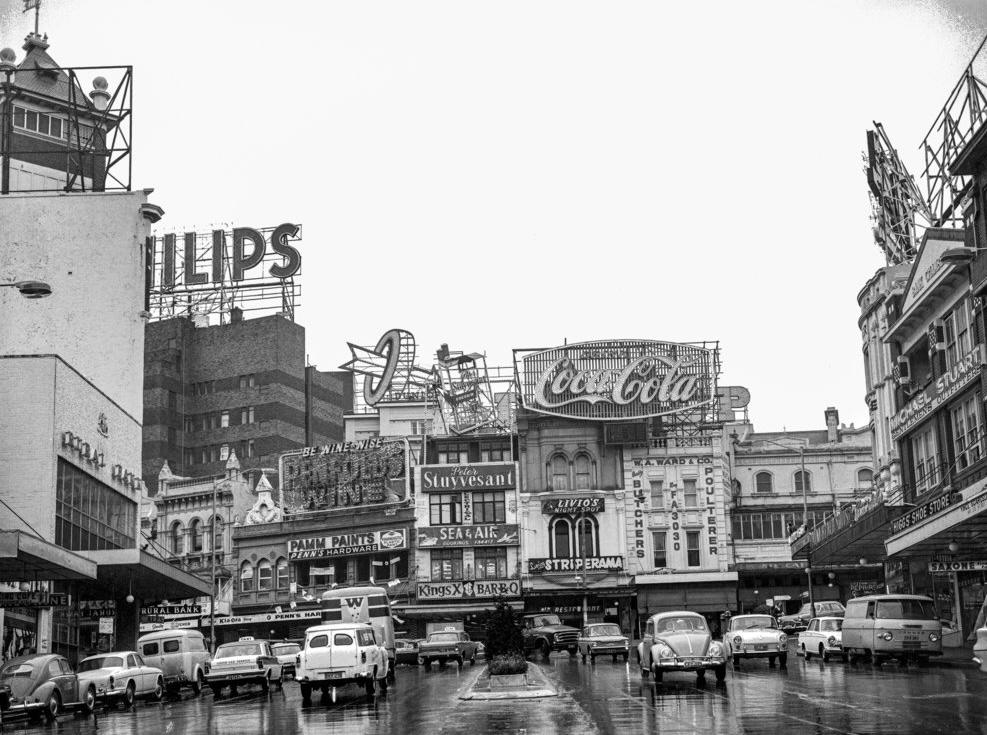
Livio’s Night Spot Striperama (pictured in 1965) was known for its exotic dancers and drag queens. Picture: City of Sydney Archives
During the 1950s, topless bars and strip clubs emerged in Kings Cross. The Roosevelt first introduced topless showgirls in the early 50s and the Staccato Club opened in 1959 as the first strip club in Australia. It was during this period when Darlinghurst Road took on the moniker of ‘the strip’ and the area was lit up with neon signage.
Live music also became a drawcard for the area. In 1960, the newly opened Chevron Hotel on Macleay Street and its nightclub, the Silver Spade, became the city’s leading showroom with a string of international stars from Shirley Bassey and Nat King Cole to The Beach Boys.
By the time the 60s were in full swing, Kings Cross had cemented its reputation as Sydney’s ultimate destination for nightlife and entertainment.
The sordid history of 44 Darlinghurst Road
Throughout the 1960s, Livio’s Night Spot Striperama emerged as a prominent venue in Kings Cross, known for its association with the ‘Top of the Cross girls,’ a collective of exotic dancers and drag queens, including the renowned Carlotta, who performed there.

‘Queen of the Cross’ Carlotta, pictured in 1971. Picture: State Library of NSW
In the 1970s, it became one of 118 properties demolished to make way for the Kings Cross Tunnel, part of the Eastern Suburbs railway line project. Consequently, Livio’s found a new home at 44 Darlinghurst Road.
“Finding exact dates is difficult because building plans and other information were washed away when Sydney Council flooded in 1980, but at some point, the venue became Studio 44 and then Stripperama in 1994,” Mr Martignago told realcommercial.com.au
“From what we discovered, they had dug out the space illegally and it operated as an underground venue. It had no liquor licence, but it had a cinema licence, which meant it could be classed as an entertainment venue and show porn movies. But because there was no liquor licence, NSW Police were unable to do spot checks because they needed a warrant, so it became a place where all sorts of illegal things could go on without the oversight of Kings Cross command.”
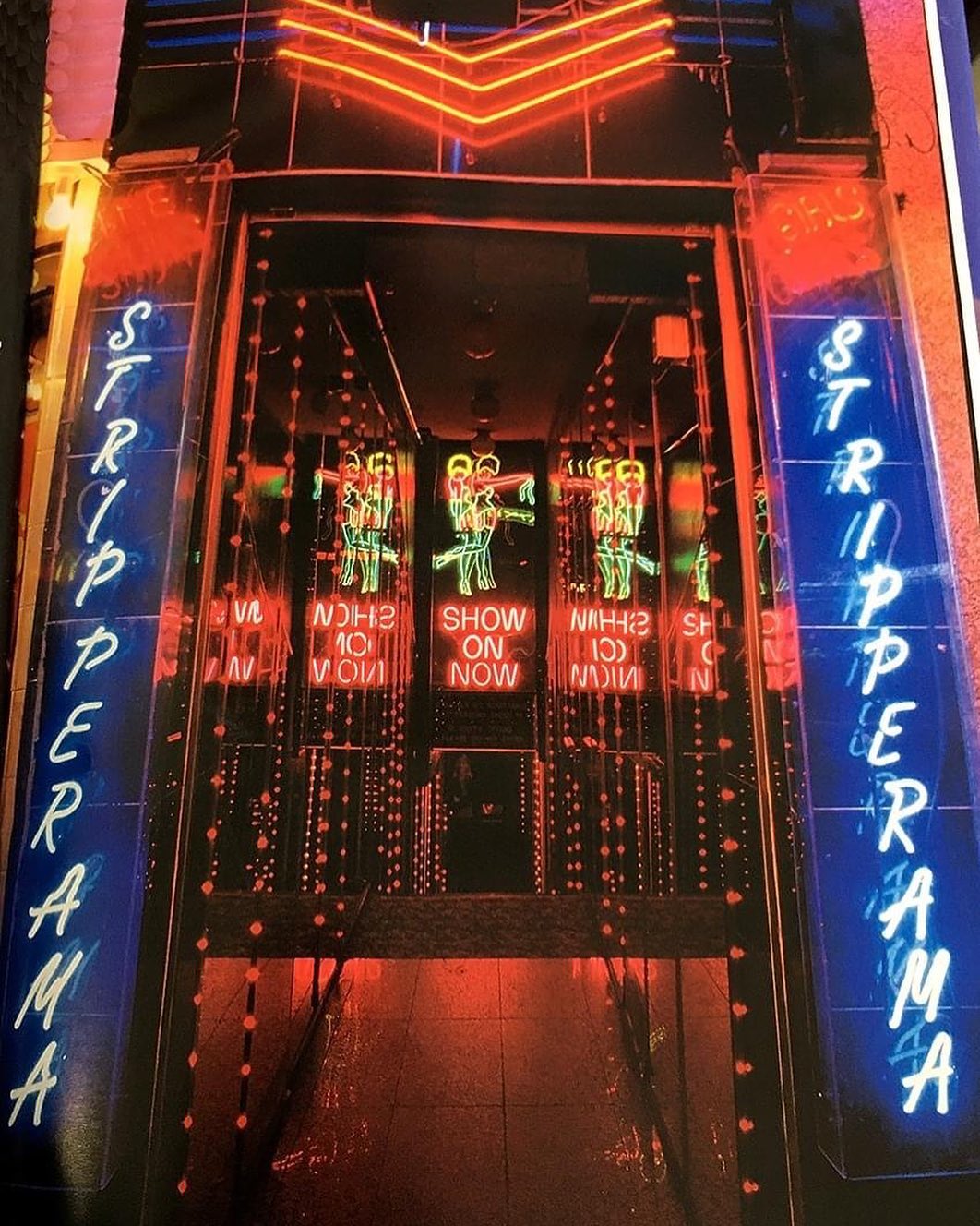
The former strip club closed down after the NSW government’s lock-out laws were imposed. Picture: Supplied
During its Stripperama phase in the 1990s and 2000s, 44 Darlinghurst Road transformed into “a rather rough venue,” according to Mr Martignago.
“There were a lot of drugs and an illegal brothel upstairs,” he said. “There was also only one toilet in the venue which was a male toilet, and the change room off the stage was so little that the girls would have to change in the men’s toilets. This was partly what led to the second stripper strike – that they had nowhere to change safely.”
From den of sin to subterranean cocktail bar
Stripperama was among the first casualties of The Strip when the lockout laws went into effect. Mr Martignago took over the lease in 2016, recalling the venue as a cavernous cement shell.
Work began transforming the venue into a funky subterranean cocktail bar built on, as Mr Martignago put it, “hopes, dreams and the smell of an oily rag.”
“We did the renovation on a budget and salvaged most of our furniture from other local venues; booths from Gazebo, chairs from Maybe Frank in Surry Hills. Someone even gave us a vintage piano, which we thought was amazing until we had to get it down the stairs.”
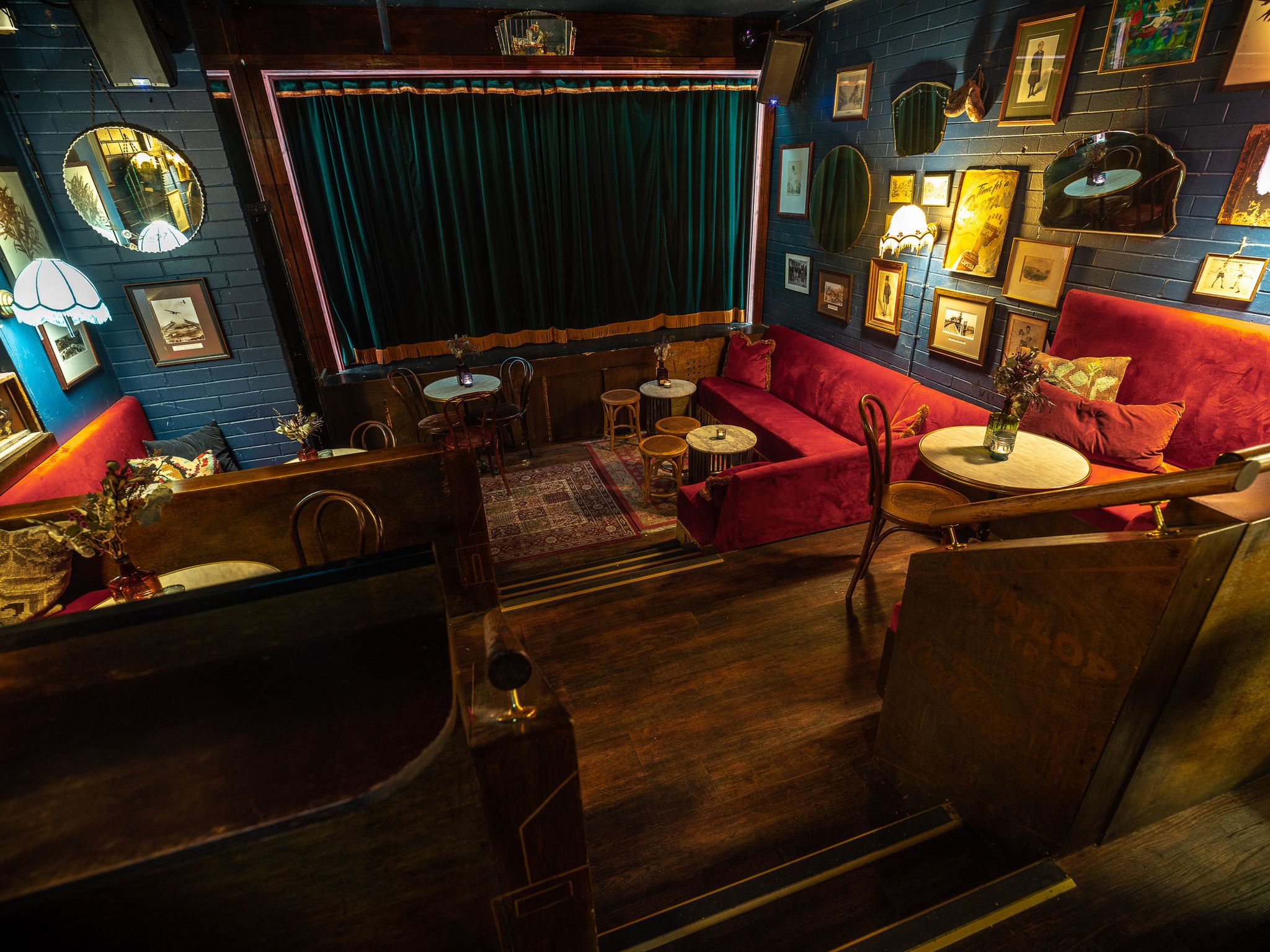
The former strip club has been transformed into a funky cocktail bar. Picture: Supplied, Dulcie’s
The name Dulcie’s was chosen to honour Sydney novelist, poet, and actor Dulcie Dreamer, recognised as Kings Cross’ first ‘Queen of Bohemia.’
“If we were going to open a bar that championed the area’s history, she was the perfect figure to build our story around,” said Mr Martignago.
“We celebrate the spirit of early Kings Cross bohemia with things like music and burlesque performances, erotic fiction nights, book launches, cult movie nights and even history talks. But first and foremost we’re a cocktail bar that champions all-Australian spirits.”
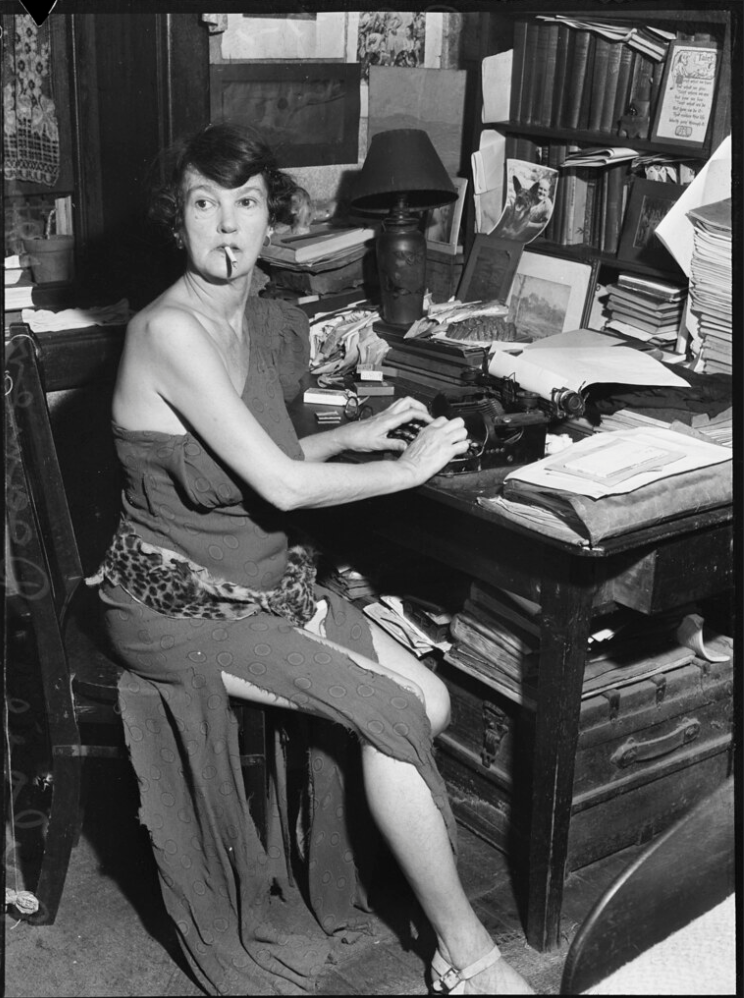
Sydney novelist, poet, and actor Dulcie Dreamer. Picture: State Library of NSW
In the past six years, Dulcie’s has established itself as a favoured venue among Potts Point residents.
“We had very limited marketing and it was really by word of mouth and showing the locals great hospitality that we grew the business. I actually think the backbone of Dulcie’s was built off of old ladies having martinis until 1am in the morning!”
An evolving neighbourhood
As Dulcie’s approaches its seventh year of trade, Brandon Martignago is proud to be an integral part of Kings Cross’ evolving story.
“It’s certainly a different area now, but it remains a 24-hour neighbourhood. At the moment, it feels like everyone is allowing each other room to breathe. We still have the nightclubs and strip clubs, but alongside them, there are some of the city’s best wine bars, cocktail lounges, coffee shops, delicatessens, and restaurateurs like Nahji Chu who are who are trying new and interesting things. All of these establishments contribute to the 24-hour ecosystem,” he remarked.
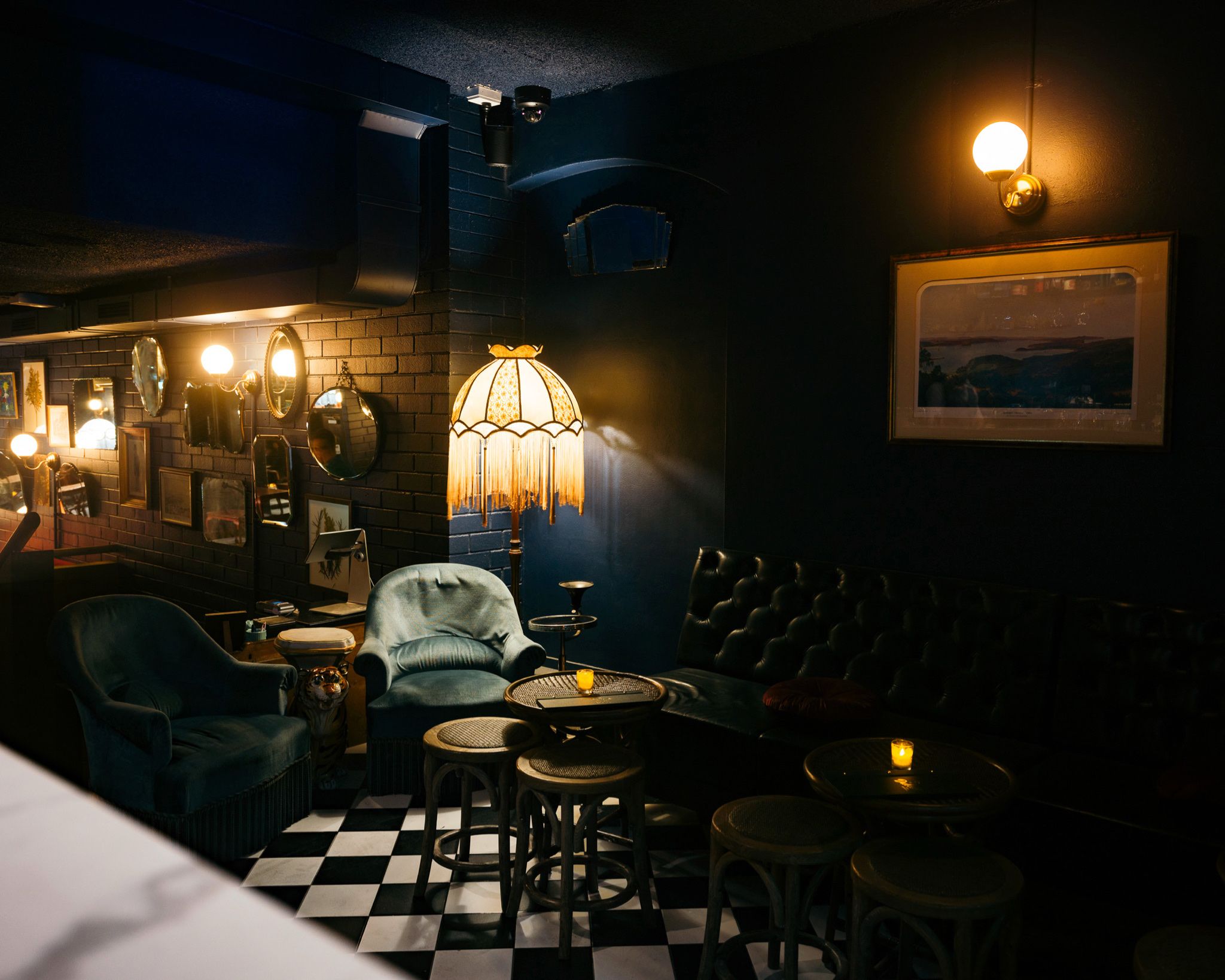
The cocktail bar is a favourite among locals. Picture: Supplied
“People are always saying Kings Cross is dead, that it will never be the same. But my mum said that to me about her version of The Cross and her mum said that to her about her version of The Cross. I think we’re just entering a new phase. And there’s a wave of fresh faces and businesses helping transform the area into a better version of what people’s memory of it was.”

